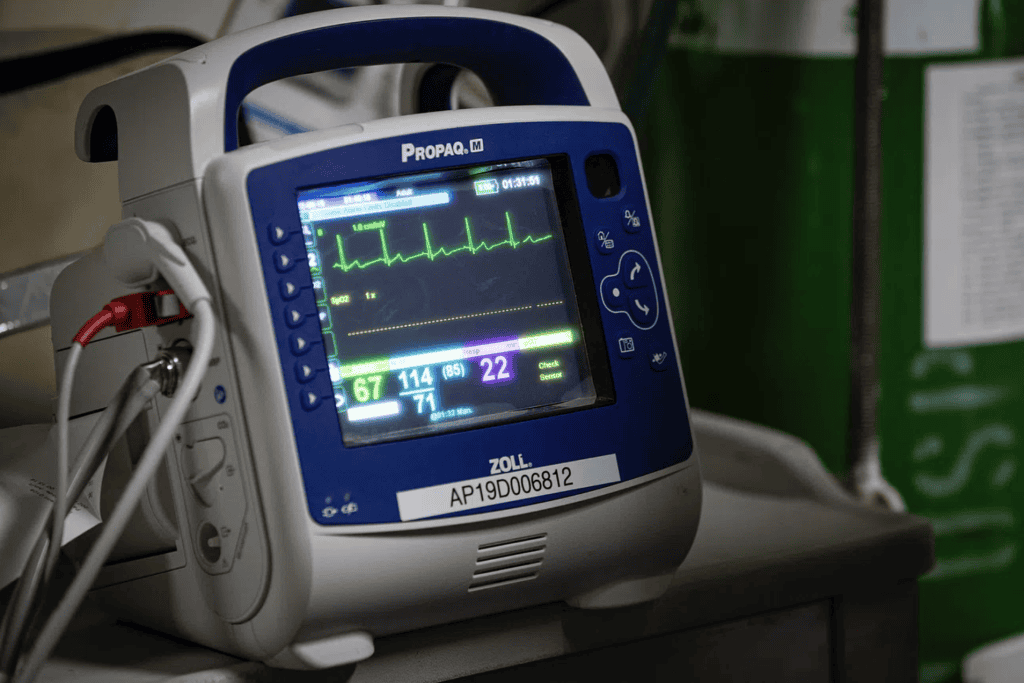Paediatric vital signs (normal reference ranges for observations) are a crucial part of assessing any unwell child. Importantly, paediatric vital signs vary by the child’s age. Generally, the normal heart rate and respiratory rate decline as a child grows, whilst the normal blood pressure increases.
Unlike adult vital signs, the exact reference ranges for paediatrics are not universally agreed upon and there is some variation between sources. The table below is an approximation based on several sources, most closely approximated to those recommended by The Royal Children’s Hospital, Melbourne.
|
Age
|
Heart rate (bpm)
|
Respiratory rate (/min)
|
Systolic blood pressure (mmHg)
|
|
< 3 months
|
110-170
|
25-60
|
60-105
|
|
3-6 months
|
105-165
|
25-55
|
65-115
|
|
6-12 months
|
85-150
|
20-40
|
70-120
|
|
1-2 years
|
85-150
|
20-40
|
70-120
|
|
2-5 years
|
85-150
|
20-40
|
70-120
|
|
5-12 years
|
70-135
|
16-34
|
80-130
|
|
Over 12 years
|
60-100*
|
14-25
|
95-140 |
*Note – some sources report HR up to 120 as within the normal range for individuals under 17
The pattern of observations is also important – not just the raw numbers. For example, a child with a respiratory rate and / or heart rate that is steadily rising (even though the numbers themselves may remain with the ranges above) would be a cause for concern.
Other important factors in the assessment of the unwell child include:
- An assessment of the child’s work of breathing. This is especially important in children under 5. If ANY of the following signs are present this indicated an increased work of breathing
- Nasal flaring
- Tracheal tug (skin is “sucked in” around the trachea on inhalation)
- Subcostal recession (skin “sucked in” below the rib cage on inhalation)
- Intercostal recession (skin “sucked in” between ribs)
- Suprasternal recession (skin “sucked in” above clavicle)
- Assessment of central capillary refill time
Both of these require that clothing be removed from the child’s torso.
References
- RCH – Normal Ranges for Physiological Variables
- NASGP – Paediatric Vital signs
- The Lancet – Normal ranges of heart rate and respiratory rate in children from birth to 18 years of age: a systematic review of observational studies – Fleming et al
